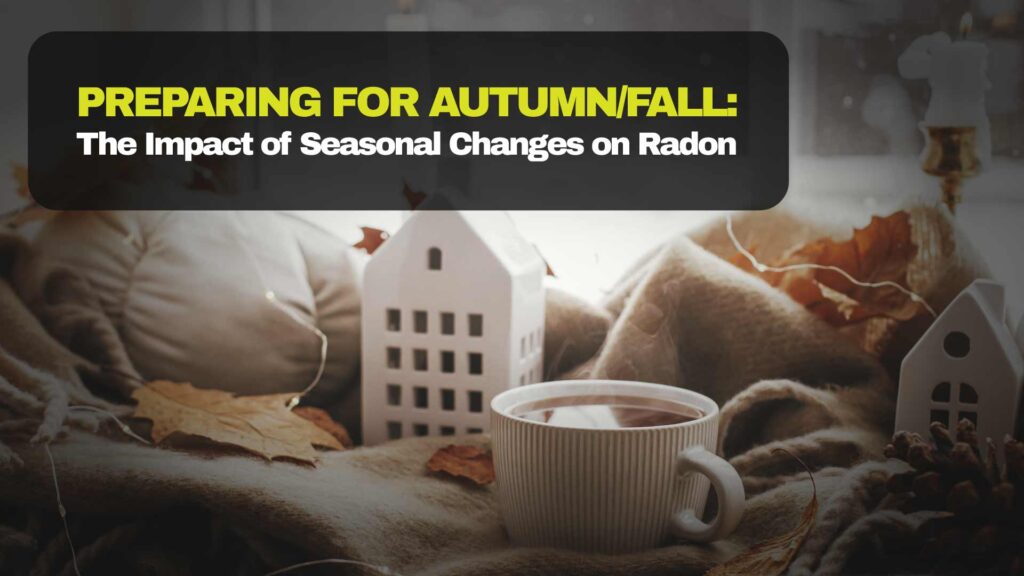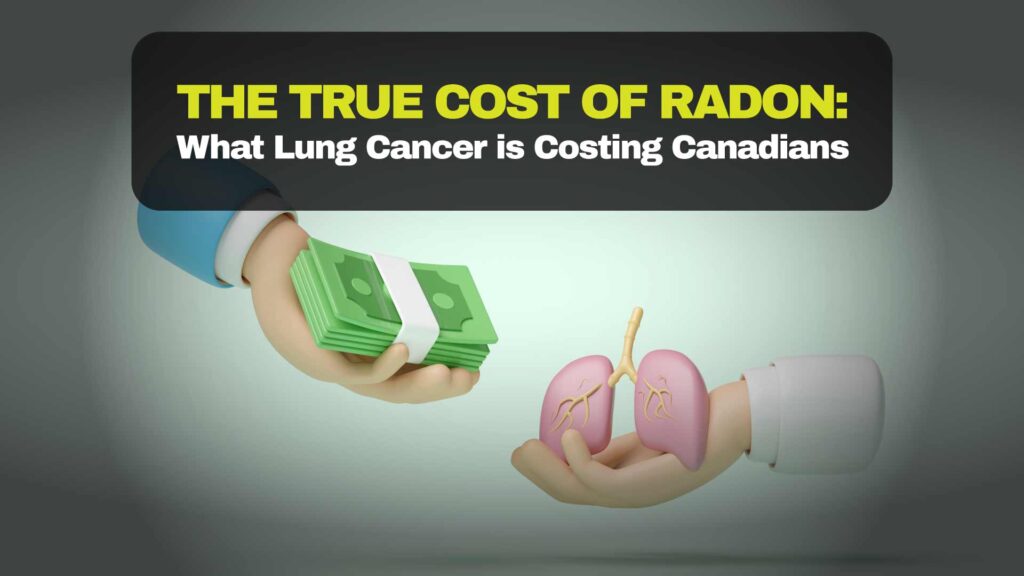Preparing for Fall: The Impact of Seasonal Changes on Radon Levels

Fall is the perfect time to test for radon in Ontario. Discover how cooler weather affects radon levels and why testing now ensures safer air quality before winter.
The True Cost of Radon: What Lung Cancer is Really Costing Canadians

When we think about home safety, we often consider fire alarms, carbon monoxide detectors, and security systems. But what about radon—a silent, invisible, radioactive gas that is the second leading cause of lung cancer in Canada? At a recent radon information conference, experts shared alarming new data highlighting the immense burden of radon-induced lung cancer on Canadians—both in human and economic terms. Let’s break it down and explore why addressing radon is not just a health issue but a financial one. The Numbers: How Radon-Linked Lung Cancer Adds Up Recent national estimates show that radon exposure leads to approximately 2,893 new lung cancer cases each year in Canada, with Ontario accounting for over 10,600 total lung cancer diagnoses annually—many of which are radon-related. While not every lung cancer case stems from radon, the correlation is significant. Radon is responsible for about 16% of lung cancer deaths in Canada, according to Health Canada. That equates to over 500 deaths annually in Ontario alone—many of them entirely preventable. The Cost to Canadians A detailed analysis from the Canadian Radon National Study presented at the conference outlines the staggering economic toll: Average Annual Cost of radon-attributable lung cancer: $511.9 million Daily Cost: $1.4 million Hourly Cost: $58,440 Every Single Minute: $974 This includes health care expenses, lost productivity, and premature death. The human cost, however, is immeasurable. Why Ontario Homes Are at Risk Ontario is a hotbed for radon issues due to its soil composition and colder climate, which keeps homes sealed tightly in winter months—trapping radon indoors. Surprisingly, even new homes built to modern codes are not immune. Health Canada estimates 1 in 5 homes in Ontario have radon levels above the safe guideline of 200 Bq/m³. Radon Mitigation Is Affordable—and Life-Saving While the financial cost of lung cancer is in the hundreds of millions, the cost to test and mitigate radon is relatively low: Compare that with the average treatment cost of a single lung cancer patient—over $100,000—and the return on investment becomes crystal clear. Protecting Your Home and Family If you haven’t tested your home for radon, especially in Ontario, now is the time. Long-term radon test kits are easy to use and should be deployed during colder months when windows and doors stay shut. If your levels exceed Health Canada’s guideline, certified radon mitigation professionals can help bring those levels down quickly and safely. Final Thought: Prevention Saves Lives and Dollars The financial data is sobering, but the takeaway is clear: radon is a preventable killer. We can avoid thousands of lung cancer cases and save millions in health care costs each year simply by testing our homes and taking action. It’s a small step with life-changing results.



